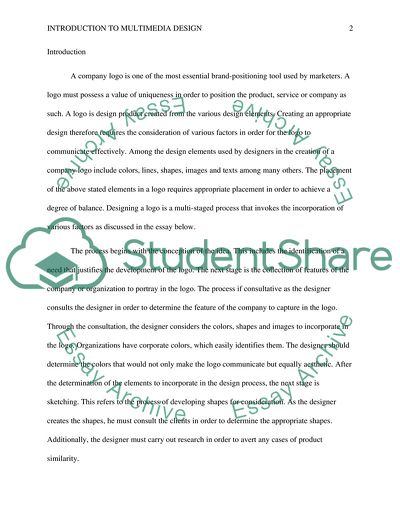Cite this document
(“Introduction to Multimedia and Design Assignment”, n.d.)
Introduction to Multimedia and Design Assignment. Retrieved from https://studentshare.org/information-technology/1628063-introduction-to-multimedia-and-design
Introduction to Multimedia and Design Assignment. Retrieved from https://studentshare.org/information-technology/1628063-introduction-to-multimedia-and-design
(Introduction to Multimedia and Design Assignment)
Introduction to Multimedia and Design Assignment. https://studentshare.org/information-technology/1628063-introduction-to-multimedia-and-design.
Introduction to Multimedia and Design Assignment. https://studentshare.org/information-technology/1628063-introduction-to-multimedia-and-design.
“Introduction to Multimedia and Design Assignment”, n.d. https://studentshare.org/information-technology/1628063-introduction-to-multimedia-and-design.


